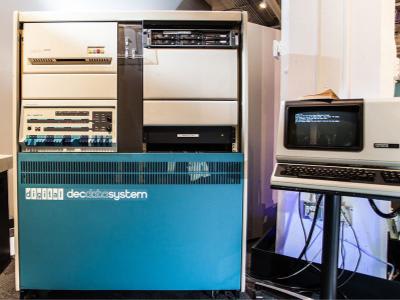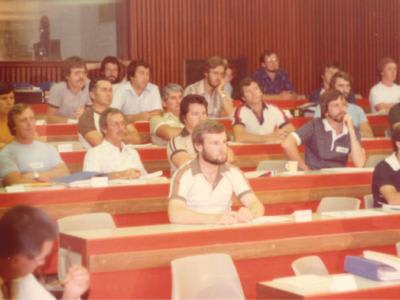Australia’s unemployment rate has officially reached its lowest level in nearly 50 years, with employers in almost every sector struggling to find and retain much-needed staff.
Skilled workers know they are in high demand, and the competition to secure them is fierce. Lines have been drawn for employers to battle each other with big business using bigger budgets to pressure the small to medium business sector. In my 30+ years I have not seen anything like this.
To survive the shortage, employers must find innovative ways to maximise current resources and prioritise retention. This is no easy feat in an age where the average time spent in a role is only 3 to 4 years.
In fact, a study by Indeed found that only 10% of Australian employees had been with their employer for 10 years or more. Sadly, 40% said their reason for leaving their last role was “an unhappy workplace”. Only 11% said it was due to renumeration.
Perhaps there is something we can learn from employers with a long history of strong retention. At RSM, we’re proud to count ourselves among them – having celebrated many of our staff reaching the milestone of more than 25 years service.
Would you stay with an employer for 40 years?
As we continue our series on RSM’s 100-year history, it’s important to recognise that our success is a reflection of the dedication and efforts of our people – past and present.
If we look back to the 1970s, we get a glimpse of the strong culture that existed within C.P. Bird & Associates (as RSM was known back then). As it neared 50 years in business, the seventies saw the retirement of many staff who had been with the firm since the 1930s. This included Cyril Bird, who had joined in 1929 to work under the guidance of the firm’s founder, Edgar Woolcott. Having worked his way up to Managing Partner, Bird eventually retired in 1974 after 45 years of service.
Gwen Thomas was another employee who retired that decade. She’d joined in 1937 as a typist and was eventually appointed manager of all administration staff. When she retired in 1973, she’d been with the firm for 37 years.
Other examples (now retired) include Margaret Waller with 51 years service, Garry Lee 45 years, Simon Cubitt OAM 44 years, Bill Beard & Kim Hutchinson 42 years, and David Wall, Angelo Strano, Geoff Hall and Edwina Pogose with 41 years of service, and of course Elizabeth Fleming and Penny Athanasiou who have been with RSM for over 48 years and continue to work for the firm.
The loyalty of the firm’s workforce is widely credited as the reason why it was able to survive the peaks and troughs of the time. However, this loyalty was also due to the firm’s commitment to retaining staff by ingraining a strong sense of comradery and tradition into workplace culture.
Here are just some of the initiatives the firm had at that time:
- Weekly letters to and from office managers and senior executives (which changed to a fortnightly newsletter in 1972)
- Annual training conference with sporting and social events
- Annual Rottnest Weekend (a weekend away for staff)
- Annual Dinner Dance for the firm’s members and their partners
- Partner’s Weekend which began in 1976 and involved a weekend away to de-stress and discuss firm strategy
- Annual golf, tennis and cricket tournaments
Many of these initiatives continue today but as a large firm with over 1600 staff, some of these benefits have evolved to become ones that are accessible to all, open to any staff member regardless of location. These include access to wellness programs, opportunities to participate in social and community initiatives and an award-winning learning and development program, all underpinning the commitment from the firm to develop ambition in a way that supports the individual’s purpose.
Mentoring has also played an important and continual role in our history – from senior advisers supporting junior ones.
Staff retention starts with culture
We know from RSM’s history that skilled staff are key to business growth, expansion, and sustainability. Our retention rates and reputation were ultimately what enabled the firm to expand its range of services and locations outside Western Australia – a process which started in 1973 with the opening of an office in Adelaide and still continues globally today.
As businesses continue to experience difficulties in finding new staff, it’s worth considering what can be done to boost retention and empower existing staff to reach their full potential.
Perhaps this could be through initiatives such as learning and development opportunities, strong and open communication, mentoring programs, and an emphasis on building positive working relationships – both in the office and through external events or experiences.
It is now far more important for staff to feel part of something bigger than themselves that helps to give them purpose in their work.
A human-centric employee value proposition should provide staff with holistic well-being, foster deeper connections by integrating inclusion goals and allow staff to exercise flexibility to perform their best in a way that also supports their personal commitments.
Join me next month as we step back in time to the 1980s and remember the first office computers and payroll systems (a far cry from the AI super intelligence we’re seeing evolve today!).





